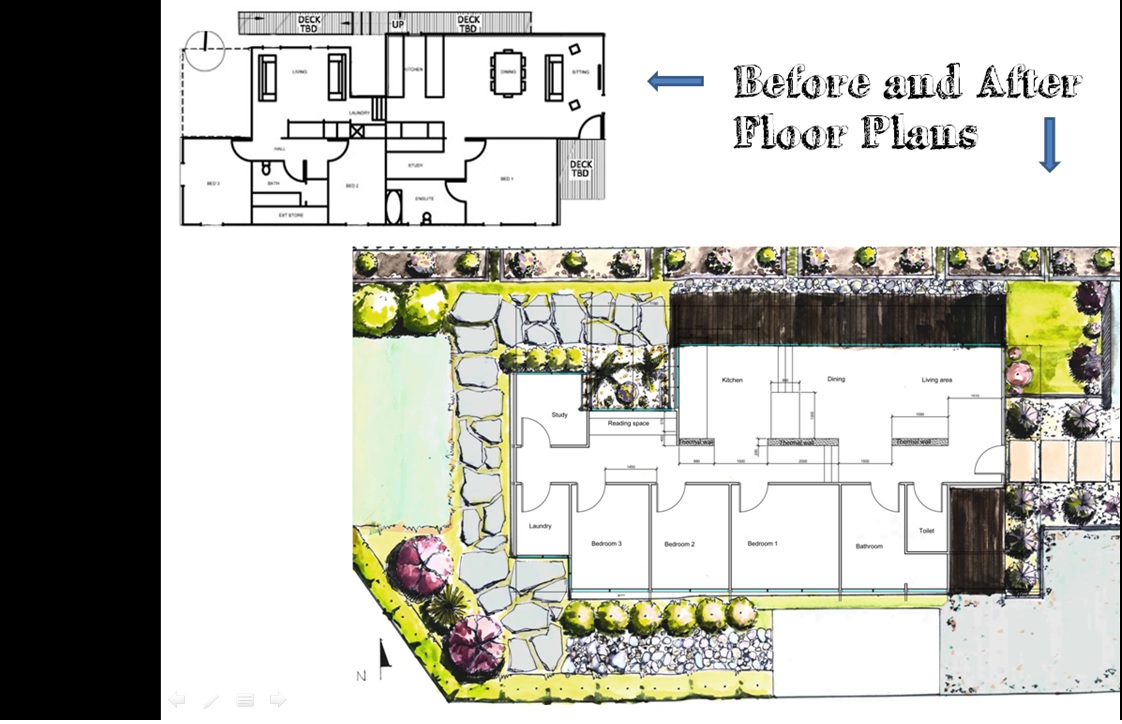Do you have an air conditioner? Why? Do you regularly use it? Do you really need it?
This article is specific for temperature climates, mostly to Melbourne where I’m from and my study of this topic occured. Essentially, a temperature climate is perfect for rejecting extreme weather climates and instead is generally quite regulated. This means that on less than 10 days per year (please note that most of my info on this topic is around 3 years old) will it be hot or cold enough to need artificial temperature control from heaters, air condtioners or fans.
Pasiive heating and cooling techniques rely on a smartly designed and built home (please also note that this technique is better suited for homes rather than businesses where the needs differ greatly), where the site has been well studied and the building location positioned to make the most of the surrounding environment.
This involves making the most of the northern sun, particulary when it’s low in winter, and rejecting the harsh western sun in summer. Passive design also requires that winds be used to a buildings advatage to remove any humidity in the air, over a salt plain if necessary to ensure dry air enters the house. WIndow location is extremely important in this case.
Another major consideration in passive design is knowledge. It’s incredubly important that the residents in the household are aware of which windows to open and when to ensure they’re making the most of the wind type and direction that’s available to them.
Here are 2 examples of some fluid mapping I did for an assigment in my undergrad. Fluid mapping considers wind movement and allows you to model window placement and size to make the most of natural ventilation:
Building materials and their thermal mass capacities become key in holding heat and night purging in the extreme summer days.
Here is an example of an original building, and then my redesign which reduced the buildings energy load by over 60%, just through passive design involving building material adjustments, orientation changes, window placement/size changes, use of plant life and atering the solar and shading considerations:

But, if worst comes to worst in summer, we were always taught to shut the house and windows up from early in the morning and spend the day inside watching tv, a relaxing day that I recommend to everyone.


